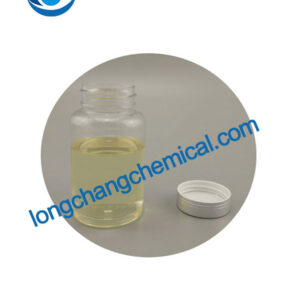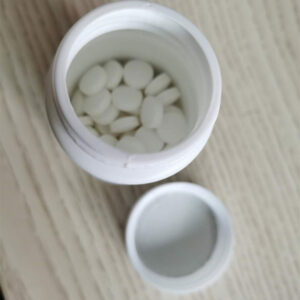Description
2,5-Furandicarboxylic acid CAS 3238-40-2
| Items | Specifications |
| Appearance | White powder |
| Content (HPLC) | >99.5% |
| Heavy metals(mg/kg) | ≤2.0 |
| Loss on drying | ≤0.5% |
| Ash | ≤2.0% |
2,5-Furandicarboxylic acid Usage
1. 5-Hydroxymethylfurfural is a key platform compound for the oxidative derivatisation of 2,5-furandicarboxylic acid (2,5-furandicarboxylic acid), which is considered as a renewable and green alternative to petroleum-based terephthalic acid. In addition, the
2. 2,5-Furandicarboxylic acid can also be used as a substitute for isophthalic acid, butanedioic acid, bisphenol A, adipic acid, etc. in the preparation of biobased polymers such as polyesters, polyamides and epoxy resins.
3. It can be used in biodegradable plastic packaging, engineering plastics, nylon, etc.
2,5-Furandicarboxylic acid Package
25kg/drum.
Sealed and stored in a cool and dry environment.
Contact Us Now!
If you need Price, please fill in your contact information in the form below, we will usually contact you within 24 hours. You could also email me info@longchangchemical.com during working hours ( 8:30 am to 6:00 pm UTC+8 Mon.~Sat. ) or use the website live chat to get prompt reply.
Why are powdered catalysts rarely used in chemical reactions?
1, Mass transfer limitation: Powder catalysts usually have a large surface area and pore structure, which is designed to increase the activity of catalytic reactions. However, reactant molecules may encounter mass-transfer limitations during their entry into these pores, resulting in a limited reaction rate. In contrast, the use of catalysts with other morphologies (e.g., granular or porous) can alleviate the mass transfer limitations and thus increase the reaction rate.
2, Pressure Drop Problem: Powdered catalysts typically form a tightly packed bed in the reactor. As the reaction proceeds, the reactants pass through the catalyst layer, which can result in a large pressure drop. This pressure drop increases the operating cost of the system and may require catalyst maintenance and replacement after a long period of operation.
3, Dispersion: Powdered catalysts are poorly dispersed in the reactor due to their granular form. Poor dispersion may lead to under-utilisation of some of the catalyst particles, thus affecting the efficiency and product selectivity of the reaction.
4, Reaction thermal management: Some catalytic reactions are exothermic, and the use of powdered catalysts may lead to heat accumulation in the catalyst bed, making thermal management of the reaction more difficult. This can lead to hot spot formation and reaction temperature control problems.
However, not all situations are unsuitable for the use of powdered catalysts. Under some specific reaction conditions, powdered catalysts may still be a suitable choice. The selection of the appropriate catalyst form depends on the specific type of reaction, the reaction conditions and the requirements for reaction rate, selectivity and mass transfer. In practice, chemical engineers will consider the above factors to select the most suitable catalyst form.







Reviews
There are no reviews yet.